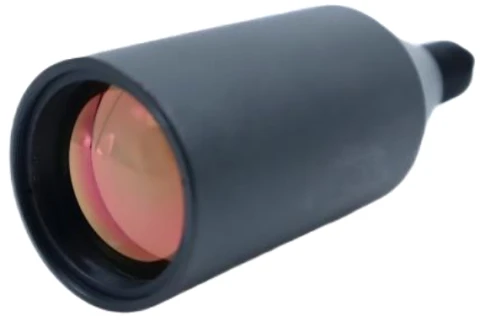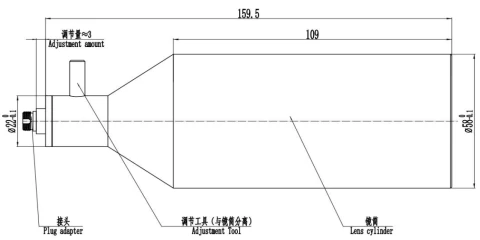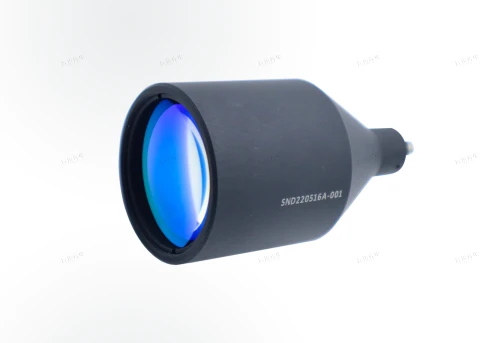Description
Long Distance Collimators For 300M FC/PC Connector 1200nm-1700nm
For laser collimation or coupling at up to 300 meters, we've carefully designed the collimating lens with a focal length of around 150 mm. This effectively collimates and shapes the fiber-emitted laser beam, yielding a high-quality beam with a larger beam. The lens uses an advanced multi-air-spaced lens design. It outputs a beam of extremely high quality (M² approaching 1) with minimal wavefront error, making it perfect for long-distance laser transmission and pulsed laser emission. Within the effective range, it ensures excellent collimation, with an approximately Gaussian energy distribution, a clear and sharp spot, and no obvious diffraction, thus enhancing laser performance.
Long Distance Collimators For 300M FC/PC Connector 1200nm-1700nm
Specifications
| Wavelength: | 400~1700nm |
|---|---|
| Bandwidth: | ±30nm |
| Waist Beam: | 22.89~34.8mm |
| Divergence Angle: | 0.043+0.03~0.075+0.03mrad |
| EFL: | 136~154.2mm |
| Package Dia.: | φ58mm |
| Fiber Type: | 405HP, 460HP, 630HP, 780HP, Hi1060, Smf-28e |
| Connectors: | FC/PC FC/APC |
| Transmittance: | >92% |
| Manufacturer Part Number (MPN): | YSD-XXX-XXXXX-FC/PC |
| FindLight SKU: | FL-23489 |
Features
- Suitable for the collimation or coupling from optical fiber to free space
- Maintain good collimation characteristics within a range of 300 meters
- The maximum input fiber numerical aperture (NA) that can be coupled is 0.24
- Three AR-Coated Aspheric Lens Options: 400-700nm. 650-1050nm, 1050-1650nm
- Diffraction-limited wavefront error: N8 @ 633 nm
- It is recommended to select YSenser's standard patch cords to improve the repeatability and consistency of the parameters
Applications
- Fiber Optic Collimation Systems: Ideal for converting divergent light from fiber optics into collimated beams with minimal aberration
- Laser Diode Beam Shaping: Useful in shaping and directing beams from laser diodes, particularly where Gaussian profiles are desired
- Optical Sensing and Detection: Enhances precision in sensing applications that require tightly controlled beam direction and low divergence
- Spectroscopy and Analytical Instruments: Supports accurate light delivery and collection in instruments used for material analysis and spectral diagnostics
- Optical Communication Systems: Suitable for coupling and transmitting optical signals in high-performance communication networks
- Biomedical and Life Sciences Equipment: Utilized in systems that require stable and well-aligned optical output, such as in microscopy or diagnostic devices
Export & Trade Information
| ECCN: | EAR99 |
|---|---|
| HTS Code: | 9002.90.9500 |
| Estimated US Tariff: | 25% |
Frequently Asked Questions
What types of connectors are available for the YSD series products?
What is the wavelength range for the YSD-405 model?
What is the transmittance rate for the YSD series products?
What is the divergence angle for the YSD-450 model?
What is the beam size for the YSD-635 model?
What is the numerical aperture (NA) for the YSD-520 model?
Similar Products

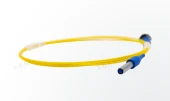


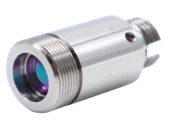
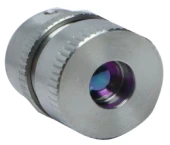
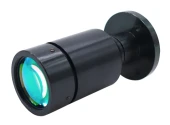
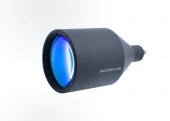
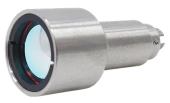
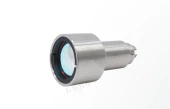

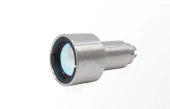
Your inquiry has been received.
Create an account by adding a password
Why create an account?
- Auto-complete inquiry forms
- View and manage all your past messages
- Save products to your favorites
- Close your account anytime — no hassle
